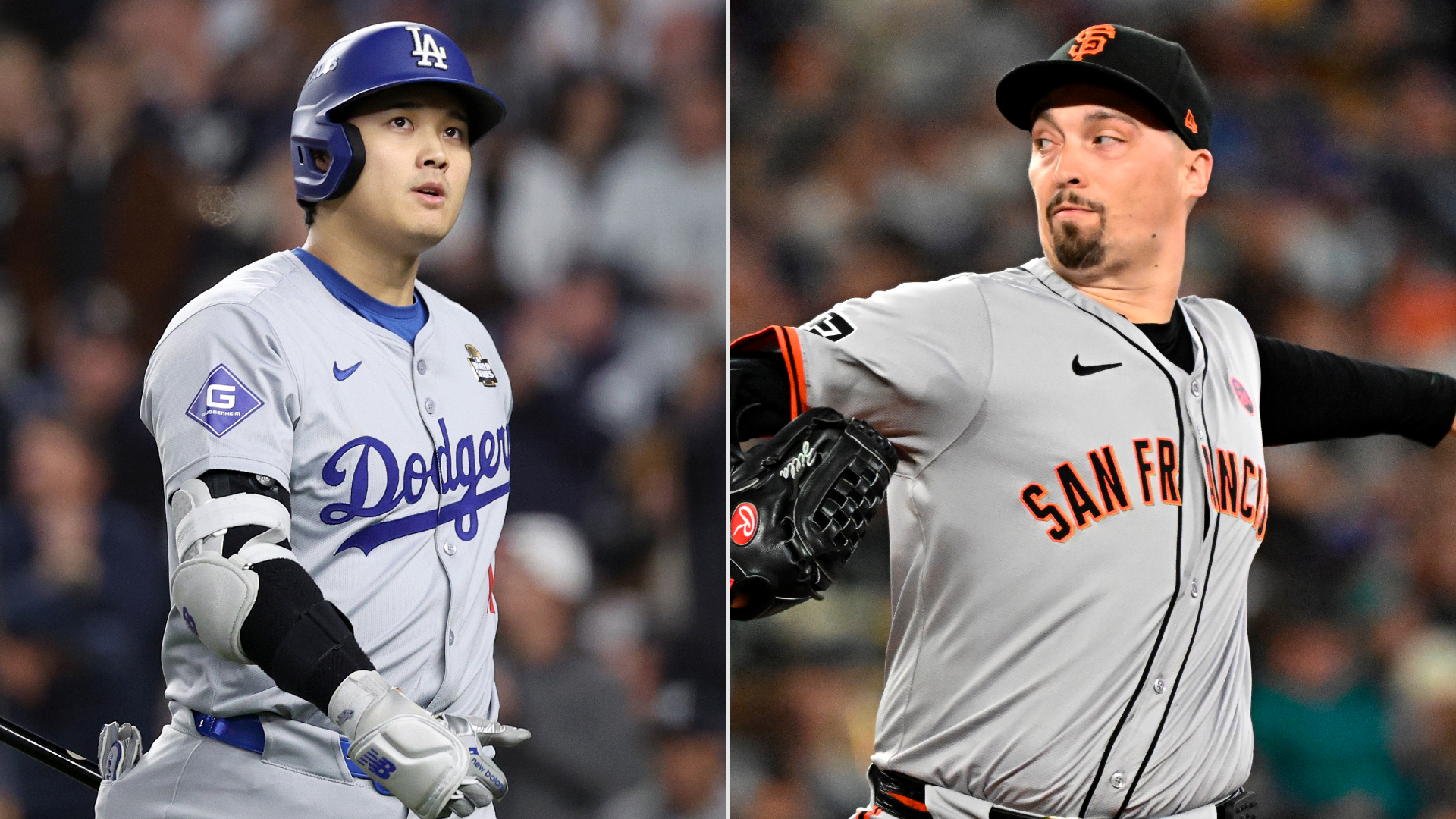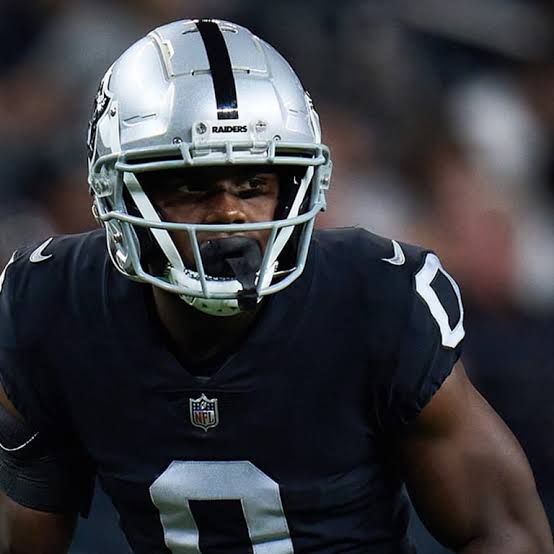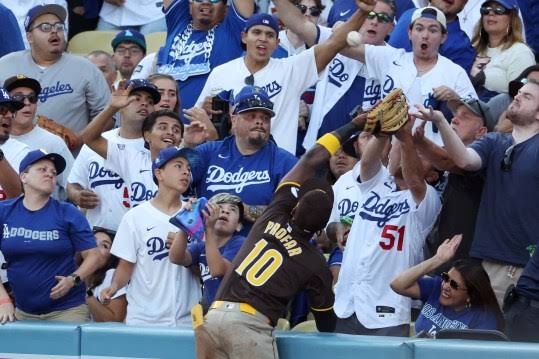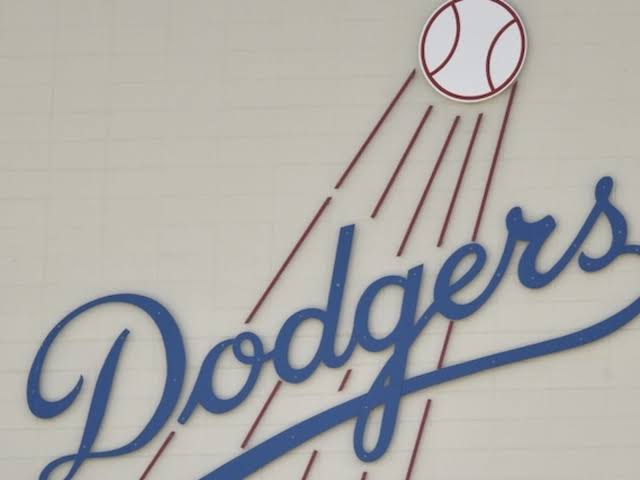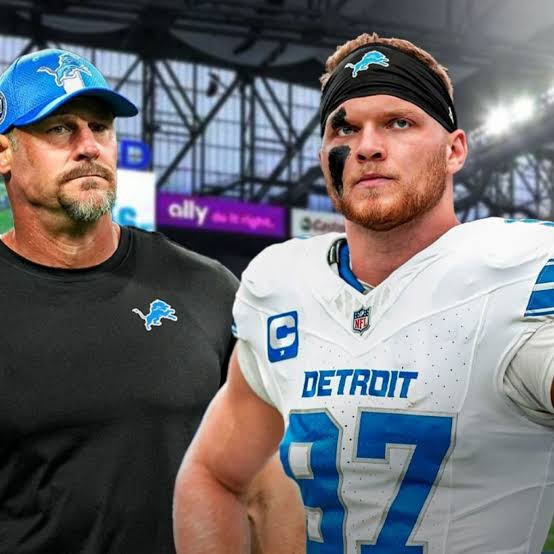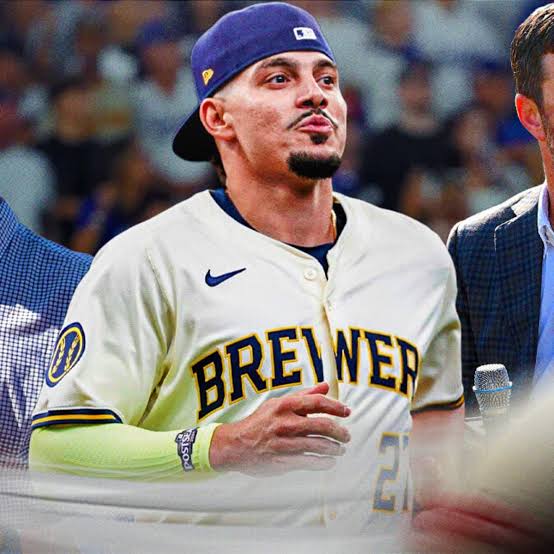The $1 Billion Question: How the Dodgers Deferred Contracts Affect…
The Dodgers are at it again.
One year after they deferred more than 97% of superstar Shohei Ohtani’s mega contract, and included deferrals in Will Smith’s 10-year extension as well, the Dodgers added two-time Cy Young Award winner Blake Snell with the help of more deferrals.
Snell’s deferrals aren’t nearly as significant as those in Ohtani’s deal. Los Angeles is deferring $62 million of his five-year, $182 million deal, enough to reduce the contract’s impact against the luxury tax threshold. With the agreement, though, the Dodgers are now on the hook for even more money down the line as they continue to chase championships.
Five contracts on the Dodgers’ payroll include deferred money, and more than 30% of each deal is deferred. Ohtani’s deal is unique, however. All but $20 million of his $700 million mega contract is deferred, meaning he’s making $2 million per year and will make $68 million without interest in each of the 10 years after the deal expires.
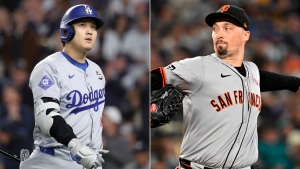
Ohtani’s deal still counts for more than $45 million against the luxury tax threshold, but deferrals allow the hit to be much less than the contract’s $70 million annual value. Smith, Snell, Freddie Freeman and Mookie Betts are also on deferred deals, though less than half of each deal is deferred.
Deferrals aren’t all that brings down Snell’s contract value against the luxury tax. His deal comes with a whopping $52 million signing bonus, putting the Dodgers on the hook for plenty of money immediately. Rather than counting for $36.4 million against the tax threshold, Snell’s deal will count for $32-33 million.
Yoshinobu Yamamoto’s 12-year, $325 million contract does not include deferrals, but a signing bonus similarly reduced its hit against the tax threshold.
Are Dodgers deferred contracts against MLB rules?
MLB’s collective bargaining agreement has no limits on deferred money in contracts. There is no cap on total deferrals or the percentage of a deal that can be deferred, so the Dodgers aren’t breaking any MLB rules with the way they’ve structured many of their largest contracts.
The rules allow teams like the Dodgers to simply kick the can down the road to keep a team together or add other pieces in the short-term. While it might feel like Los Angeles has limitless money, the addition of Yamamoto might not have been possible without Ohtani deferring so much of his contract a year ago. In the end, it paid off with a championship.
The Dodgers will be on the hook for plenty of money once these deals wrap up — Freeman’s contract already has only three years remaining — but their hope is salaries (and revenue) will continue to rise, and $68 million in 2040, for example, won’t be as much of a blow as it would be today.
MLB deferred contracts list
The Dodgers are the kings of deferred contracts at the moment, but they didn’t invent the concept.
While his MLB career is finished due to injuries, former Nationals ace Stephen Strasburg is still just five years into the seven-year deal he signed with Washington after the 2019 season. That deal includes $80 million in deferred money, the most of any active non-Dodgers contract.
Rafael Devers, Nolan Arenado, Christian Yelich and J.T. Realmuto all have deferred money on their current deals, while Mets owner Steve Cohen included deferrals in deals signed by Francisco Lindor and Edwin Diaz.
Two contracts with deferred money recently expired. Chris Sale is starting a new deal with the Braves after his five-year deal originally signed with the Red Sox ended, while former Nationals starter Patrick Corbin is now a free agent. Both expiring deals contained deferred money, though Corbin’s was only a fraction of the total value.
Historic deferred contracts
The total number of deferred contracts in MLB history isn’t known.
Bonilla has the most famous deferred contract in MLB history, as interest payments of $1.19 million will be paid to him by the Mets each July 1 until 2035, despite the deal being signed in 1991.
Hall of Fame closer Bruce Sutter had a similar deal, however, as interest payments through 2022 allowed him to make much more than the $9.1 million original value of his contract.
Max Scherzer, meanwhile, will be paid $15 million annually by the Nationals through 2028, while former Orioles slugger Chris Davis is on the books in Baltimore through 2037.
The Reds made their final payment to Ken Griffey Jr. earlier in 2024, while the Red Sox will pay Manny Ramirez through 2026 after they agreed at the end of his tenure to spread out the remaining money on his deal.
